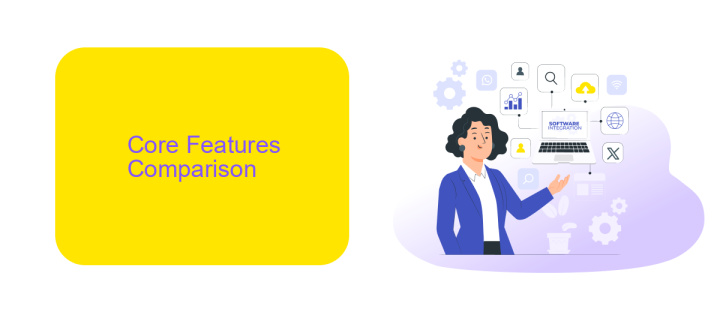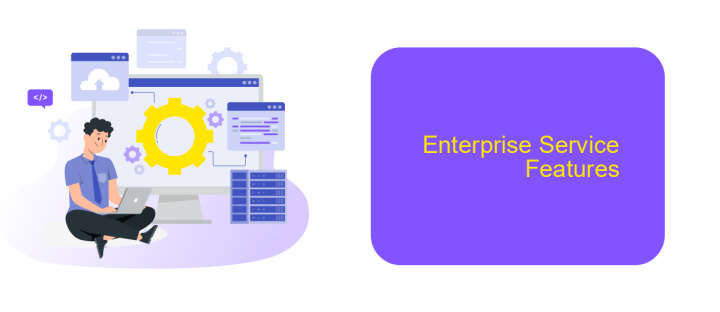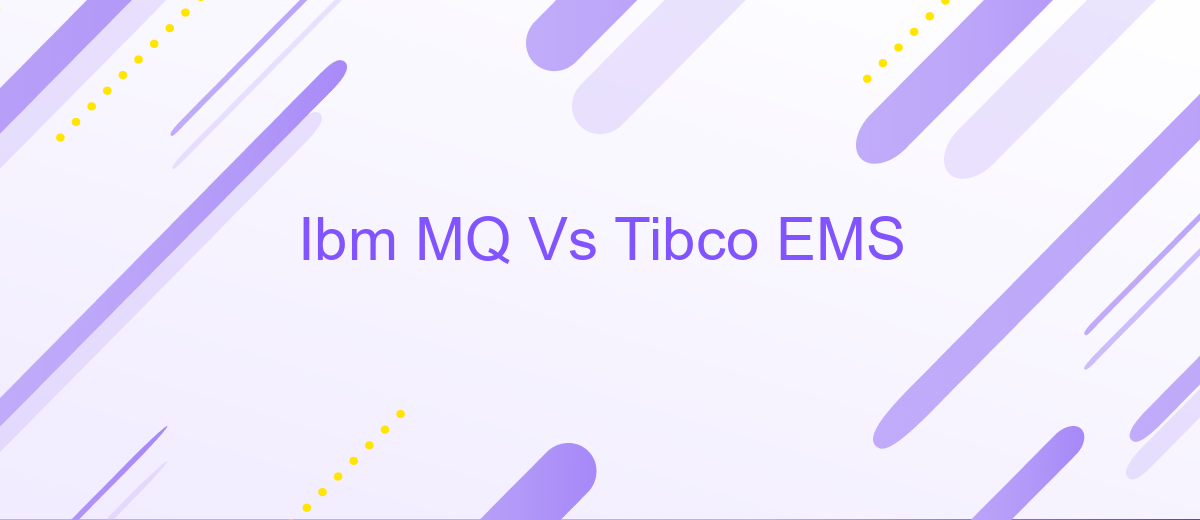Ibm MQ Vs Tibco EMS
When it comes to enterprise messaging solutions, IBM MQ and TIBCO EMS are two of the most prominent players in the field. Both platforms offer robust features for reliable message delivery, but they cater to different needs and use cases. This article aims to compare IBM MQ and TIBCO EMS, highlighting their key differences, strengths, and potential drawbacks to help you make an informed decision.
Introduction
In the world of enterprise messaging systems, IBM MQ and TIBCO EMS are two prominent solutions that facilitate seamless communication between applications. Both platforms offer robust features for message queuing, ensuring reliable and secure data transfer across diverse systems.
- IBM MQ: Known for its high scalability and security features, IBM MQ supports a wide range of platforms and programming languages.
- TIBCO EMS: Renowned for its high performance and flexibility, TIBCO EMS provides efficient message delivery and supports various messaging protocols.
Choosing the right messaging system depends on specific business needs, such as integration capabilities, performance requirements, and scalability. Tools like ApiX-Drive can further streamline the integration process, making it easier to connect IBM MQ or TIBCO EMS with other applications. This ensures a more cohesive and efficient workflow, enhancing overall productivity and operational efficiency.
Core Features Comparison

IBM MQ and TIBCO EMS are both robust messaging middleware solutions, but they offer distinct core features. IBM MQ is renowned for its advanced message queuing capabilities, ensuring reliable and secure delivery of messages across a variety of platforms. It supports a wide range of protocols and offers high availability and disaster recovery options. Additionally, IBM MQ provides extensive security features, including encryption and authentication, to protect data in transit and at rest.
On the other hand, TIBCO EMS excels in its seamless integration capabilities, especially within the TIBCO ecosystem. It supports multiple messaging models, such as point-to-point and publish-subscribe, and offers high throughput and low latency. TIBCO EMS is also known for its ease of use and management, with features like dynamic configuration and monitoring. For businesses looking to streamline their integration processes, tools like ApiX-Drive can further enhance both IBM MQ and TIBCO EMS by providing automated workflows and seamless connectivity between various applications and services.
Architectural Differences

IBM MQ and TIBCO EMS are both robust messaging middleware solutions, but they differ significantly in their architectural design and capabilities. Understanding these differences can help organizations choose the right tool for their specific needs.
- Message Protocols: IBM MQ primarily uses the MQ protocol, which is proprietary, whereas TIBCO EMS supports multiple protocols including JMS, which is a standard messaging API.
- Scalability: IBM MQ is known for its high scalability and is often used in large enterprise environments. TIBCO EMS, while scalable, is generally considered more suitable for medium to large businesses.
- Integration: Both platforms offer extensive integration capabilities, but IBM MQ integrates more seamlessly with other IBM products. TIBCO EMS, on the other hand, is often favored for its flexibility in integrating with various third-party solutions. For instance, services like ApiX-Drive can facilitate the integration process, making it easier to connect TIBCO EMS with other applications.
In conclusion, the choice between IBM MQ and TIBCO EMS largely depends on the specific requirements of the organization, including the need for protocol support, scalability, and integration capabilities. Each has its strengths and can be the right choice depending on the context of the deployment.
Enterprise Service Features

When comparing IBM MQ and TIBCO EMS, it's crucial to examine their enterprise service features. Both platforms offer robust messaging solutions, but they cater to different needs and preferences within enterprise environments.
IBM MQ is known for its reliability and extensive support for various messaging patterns, ensuring secure and efficient message delivery. On the other hand, TIBCO EMS excels in its seamless integration capabilities and high performance, making it ideal for real-time data processing.
- IBM MQ: High availability and disaster recovery options.
- TIBCO EMS: Advanced routing and filtering capabilities.
- IBM MQ: Comprehensive security features, including SSL/TLS encryption.
- TIBCO EMS: Flexible deployment options, including cloud and on-premises.
For businesses looking to streamline their integration processes, tools like ApiX-Drive can be invaluable. ApiX-Drive simplifies the integration between various services and applications, enhancing the overall efficiency of enterprise service features. By leveraging such tools, companies can achieve better connectivity and data flow management, complementing the capabilities of both IBM MQ and TIBCO EMS.
Best Use Cases
IBM MQ is best suited for enterprises that require robust, reliable, and secure messaging solutions for mission-critical applications. It excels in environments where high availability and transaction integrity are paramount, such as banking, financial services, and large-scale retail operations. Its support for various messaging patterns and extensive protocol compatibility make it ideal for complex, heterogeneous IT landscapes. Additionally, IBM MQ's advanced security features, including encryption and authentication, ensure that sensitive data is protected during transmission.
On the other hand, TIBCO EMS is ideal for organizations that need high-performance messaging with low latency, particularly in scenarios involving real-time data processing and analytics. It is well-suited for industries like telecommunications, energy, and logistics where quick message delivery is critical. TIBCO EMS's seamless integration with other TIBCO products and its ability to handle large volumes of messages efficiently make it a preferred choice for dynamic, data-intensive environments. For businesses looking to streamline their integration processes, services like ApiX-Drive can further enhance the capabilities of both IBM MQ and TIBCO EMS by providing easy-to-use tools for automating data flows between different applications and platforms.


FAQ
What are the main differences between IBM MQ and TIBCO EMS?
Which one is better for high-volume messaging, IBM MQ or TIBCO EMS?
How do IBM MQ and TIBCO EMS handle message persistence?
Can IBM MQ and TIBCO EMS be integrated with other systems easily?
What are the licensing and cost considerations between IBM MQ and TIBCO EMS?
Time is the most valuable resource for business today. Almost half of it is wasted on routine tasks. Your employees are constantly forced to perform monotonous tasks that are difficult to classify as important and specialized. You can leave everything as it is by hiring additional employees, or you can automate most of the business processes using the ApiX-Drive online connector to get rid of unnecessary time and money expenses once and for all. The choice is yours!

